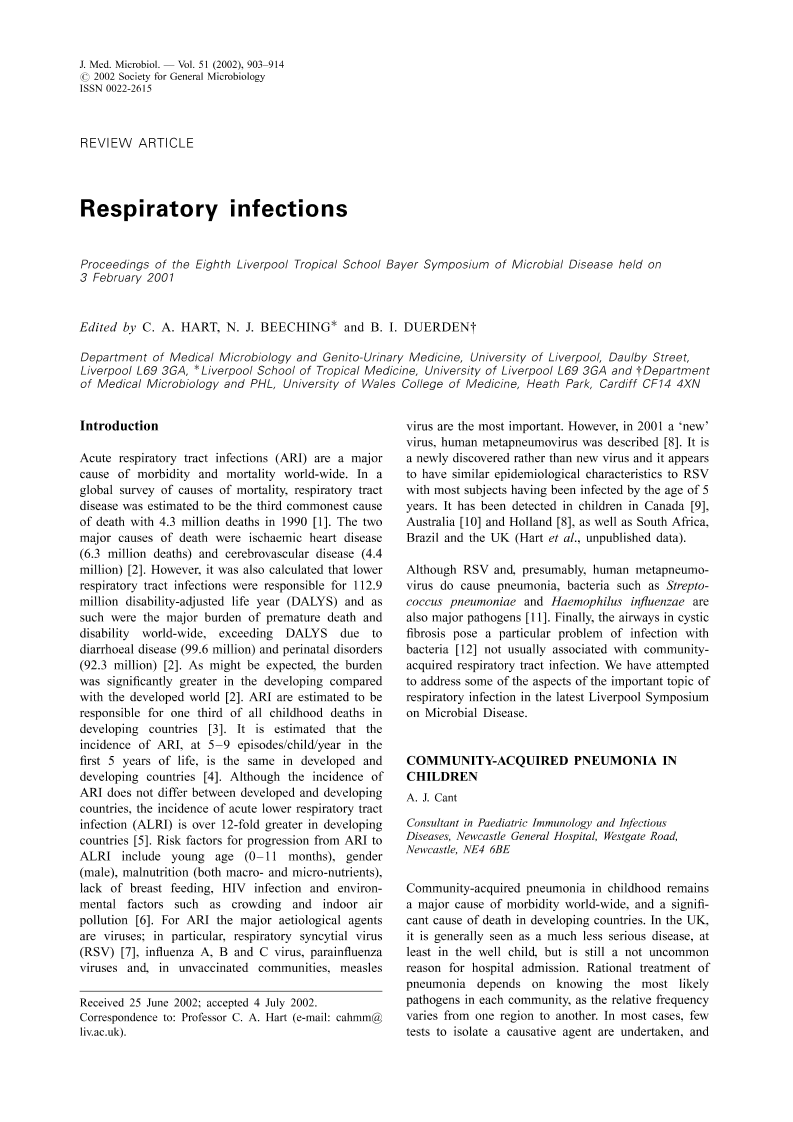
Full text loading...

Respiratory infections: Proceedings of the Eighth Liverpool Tropical School Bayer Symposium of Microbial Disease held on 3 February 2001, Page 1 of 1
< Previous page | Next page > /docserver/preview/fulltext/jmm/51/11/mjm5111.903-1.gif
There is no abstract available.

Article metrics loading...

Full text loading...
References


Data & Media loading...
